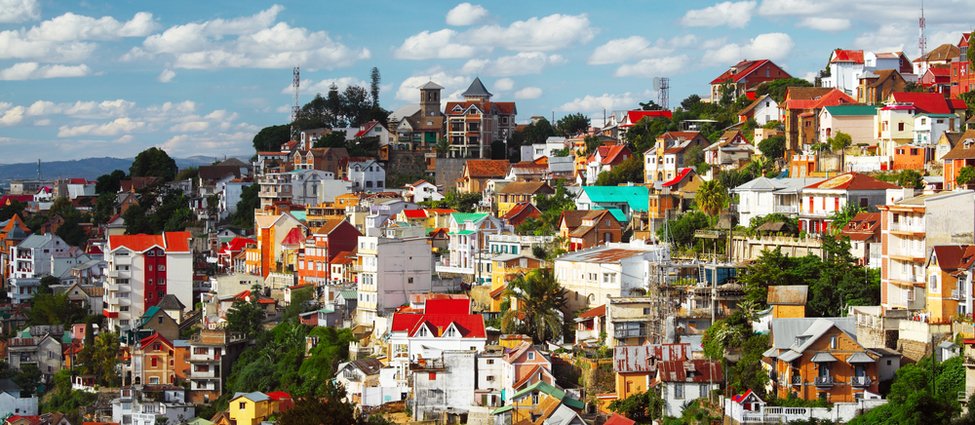Flying is cheaper than taking the bus in Nigeria

If you have ever seen a brochure from one of the popular domestic airlines in Nigeria and another from the average bus terminal, the title of this post may seem very confusing. Nigerian domestic flights usually cost between NGN12,000 – NGN26,000, while interstate bus trips to any location within the country could cost between NGN1,500 – NGN7,000. However, the true rates for airline and bus fares are never exactly tangible. In many ways, despite the ticket prices, taking a flight is actually cheaper than going by road in Nigeria. Here’s why:
Bad roads
Roads in Nigeria can feature some very bad portions. In recent times, the government has made tremendous efforts to repair and refurbish the interstate highways but many of these roads still have very bad portions which not only make the trip for travelers very uncomfortable, but also effect tremendous wear and tear effects on their vehicles. The result of this is that the traveler often has to resort to medication at the end of the journey to overcome the effects of the tumultuous ride through bad roads, and in the case where the traveler owns the vehicle, spending large sums of money to repair her vehicle. The net result of this is a more expensive trip than simply boarding a flight.
Driving time is ‘wasted’ time
Time is money, and traveling by road takes a longer time than flying. Furthermore the time spent on the road driving cannot be used for anything more productive other than actually driving the vehicle and maybe listening to an audiobook. The time spent on a flight is shorter and can actually be utilized in a variety of activities from eating, reading, writing to sleeping. You can also go to the bathroom while the plane is still moving, a feat that would be quite difficult to perform in a bus, even if you are not the one driving. At least not without the other passengers wondering what corner of the uncivilized planet you came from.
Flying is actually safer
Safety in transportation is usually calculated based on the number of casualties per distance. While a single plane crash can result in more casualties, the rate of vehicles involved in crashes far outnumber those of planes as there are more vehicles than planes on a single route. A single plane can contain on average about 300 people, a figure that would require about 60 vehicles carrying 5 passengers each. This number of vehicles moving in a single direction at a particular time increases the probability of an accident to a value that is more than that of a single plane. There are months without a single air travel casualty in Nigeria, but this cannot be said for road travel where the Nigerian Federal Road Safety Corps has reported over 13,200 road crashes with over 6000 fatalities in 2013 alone. Basically, flying is safer than driving by road based on a lower probability of accidents due to air travel.


